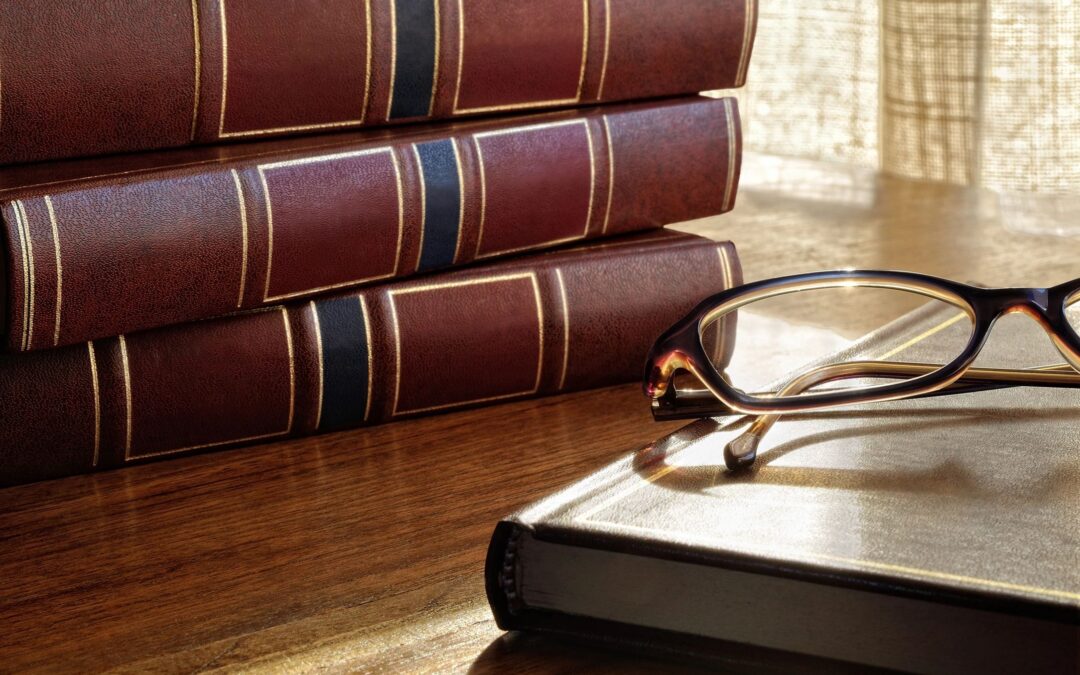By Sue Gerber and Matt Johnson –
While creativity has its place in advocacy, it can be taken too far. The Petitioner learned this lesson the hard way in Unified Patents Inc. v. American Patents LLC, IPR2019-00482, Paper 132 (P.T.A.B. Aug. 3, 2022). In this IPR, the Petitioner submitted its Exhibit 1008, entitled “Petitioner’s Voluntary Interrogatory Responses.” This unconventional exhibit consisted of five interrogatories that Petitioner drafted along with Petitioner’s own responses to those interrogatories relevant to the preparation of the petition by Unified Patents. Id. at 53. Before institution, Patent Owner argued that this self-serving exhibit was improper because “it is black-letter law that a party cannot use its responses to another party’s interrogatories as evidence,” and, here, Petitioner had drafted both the interrogatories and the responses. The PTAB initially disagreed with Patent Owner in the institution decision, treating Exhibit 1008 as a declaration. Id. at 54.
After institution, Patent Owner moved to exclude Exhibit 1008. In response, Petitioner argued that the exhibit was “a party statement,” not a declaration, and that the “Federal Rules of Civil Procedure acknowledge interrogatories as a valid form of evidence.” Id. The PTAB accepted Petitioner’s representation that Exhibit 1008 was a party statement (a position Petitioner belatedly attempted to withdraw, but the PTAB held that its change of position came too late). Id. at 55. With this characterization of Exhibit 1008, the PTAB concluded that because the exhibit was an out-of-court statement offered for the truth of the matter asserted, it was hearsay and not admissible unless an exception applied. Id. at 55-56. The PTAB further concluded that no exceptions to the hearsay rule were applicable. Id. at 56. The Petitioner argued that because the interrogatories had been verified, they allegedly provided “sufficient guarantees of trustworthiness” and the evidence was probative of the issues, thus falling within the residual exception of the hearsay rule. Id. The PTAB disagreed. While the PTAB agreed that the verification contributed to the trustworthiness of the document, it was offset by the facts that: “(1) Exhibit 1008 was prepared for this litigation, (2) it includes statements not corroborated by other evidence, and (3) Petitioner has every motivation to present the facts in the light most favorable to its position.” Id. at 57. Given these facts, the PTAB granted Patent Owner’s motion to exclude.
Takeaway:
The takeaway here is that parties should take care to ensure that all of the evidence submitted to the PTAB falls squarely within the boundaries of admissible evidence or risk having even highly probative evidence excluded.
Matthew Johnson
Latest posts by Matthew Johnson (see all)
- Delegated Rehearing Panel Sends Lifeline to Mercedes-Benz - June 27, 2025
- PTAB Clarifies Interim Workload Management Process - June 19, 2025
- April 2025 Institution Rate Slips Below 45 Percent - June 6, 2025

